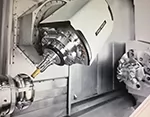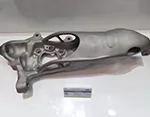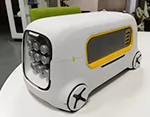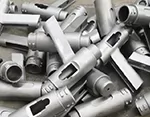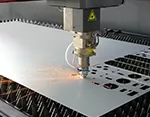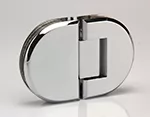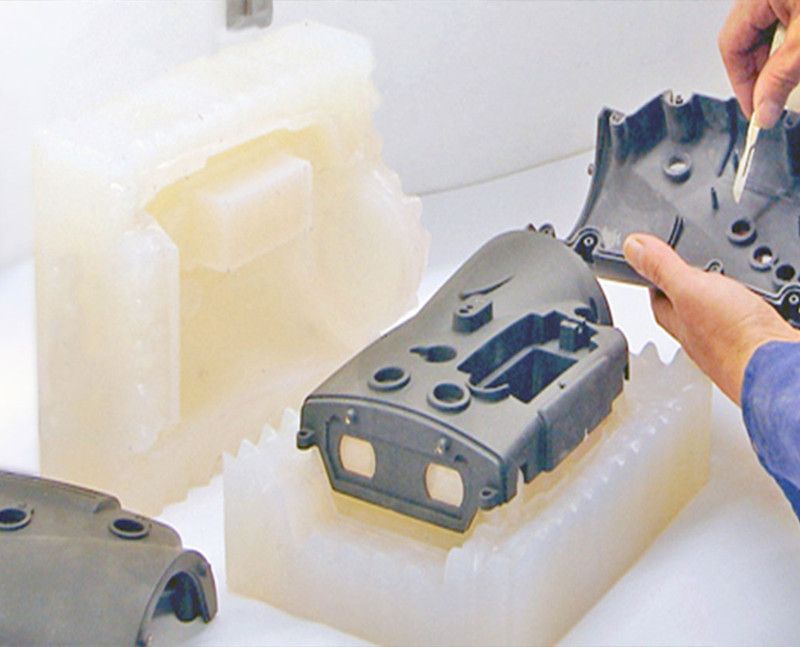-
Service
+
- CNC Precision Machining Service +
- Multi-Axis Simultaneous Machining Service +
- CNC Turning Service +
- Metal 3D Printing Service +
- Rapid Prototyping Service +
- Die Casting Service +
- Sheet Metal Fabrication Service +
-
Finish Serivces
+
- Polishing
- Grinding
- Brushed Finish
- Sand blasting
- Painting
- Powder Painting
- Anodizing
- Hard anodizing Service
- Passivation
- Zinc Plating
- Nickel Plating
- Chrome Plating
- Blackening
- Black Zinc Plating
- Teflon Coating
- Titanium Coating
- DLC Coating
- Laser Marking
- Silk Screen Printing
- Transfer Printing
- Micro Arc Oxidation
- Industries +
- About Us +
- Resource +
- Contact Us
- Quote

-
Service
-
>
-
>
-
>
-
>
-
>
-
>
-
>
-
>
-
- Industries
- About Us
- Resource
- Contact Us
| Name | Applicable Material | Colors | Thickness | Roughness |
| Powder Painting | Aluminium, Steel, Stainless Steel,ABS | Black or any RAL code or Pantone number | 50-150μm | / |
Kesu Hardware specialize in one-stop manufacturing service for CNC machining and post finishes. Know more details about powder painting or powder coating below.
The powder coating finish is a coating process which will using powder spraying equipment, such as electrostatic spraying machine to spray powder on the surface of workpiece, and the powder will be adsorbed on the surface of the workpiece under the action of static electricity. Many different types of final coatings will be emerged after baking, leveling and solidifying at high temperature.
Process flow:
Loading parts → electrostatic dust removal → spraying → low temperature leveling → baking
Technical features of Powder Painting:
Advantage:
1.Rich colors. High gloss and matte finish are optional.
2.Low cost. The powder coating is suitable for the shells of building and furniture products, as well as heat sinks.
3.High utilization rate. The utilization of powder coating is 100%, which is eco-friendly.
4.Strong ability to cover defects;
5.Wood grain effect can be imitated.
Powder coating make the powder coating adsorb on the workpiece by utilizing the phenomenon of corona discharge.
Firstly, the purpose of powder spaying is protection, which will extend the life of workpiece. The second purpose is for decorative, which will make the appearance of workpiece pleasant. Thirdly, it will be used for special purposes and get special performance. Such as sound insulation, heat insulation and fire prevention etc.
Depending on the purpose and requirements of the painting, the painted coating consists of several layers. Such as primer, putty, and top coat finish.
Primer: It is the lowest layer of coating which is contacting with the body of the workpiece directly. The function of the primer layer is to strengthen the adhesion between the coating and the body of workpiece and enhance the protective performance of the coating. Ferrous metals should be phosphated before powder coating, and non-ferrous metals should be oxidized before powder coating.
Putty layer: For rough and uneven body. The use of putty layer has many disadvantages, such as the troublesome construction, and it will also reduce the bonding force between the coating and the body of workpiece.
Top coat layer: The main purpose of the topcoat layer is to increase the gloss of the product and is used as the outermost layer of the coating.

Powder Painting Room
Painting method of Powder Painting
There are many coating methods, mainly including brushing, dipping, air spraying, high-pressure airless spraying, electrostatic spraying and electrophoretic coating.
Process flow of Powder Painting
Principle of electrostatic spraying process
Spraying the powder coating on the surface of the workpiece by the electrostatic spraying equipment, then the powder will be uniformly adsorbed on the surface of the workpiece to form a powder coating under the action of the static electricity. The powder coating will become different effects of final coating after high-temperature baking, leveling and solidification. The spraying effect of powder coating is better than the oil spraying in many terms. Such as the mechanical strength, adhesion, corrosion resistance, and aging resistance.
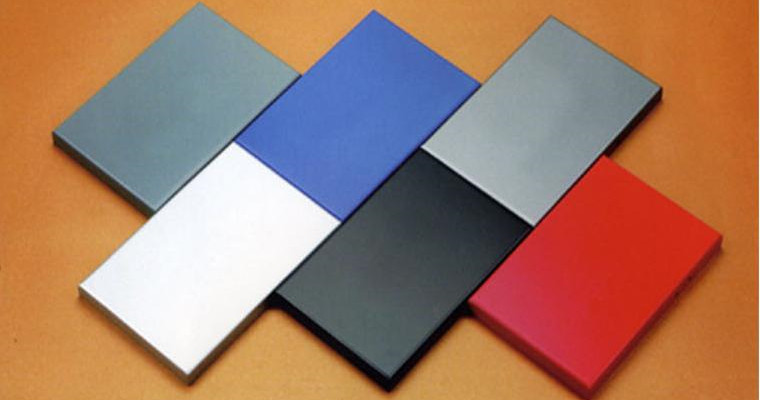
Powder Painted
Previous-treatment
Protection, it's also known as covering or masking. If some areas of the workpiece are not required to be coated, they can be covered with protective glue before preheating to avoid spraying paint.
Preheating. Generally, preheating is not required. If a thicker coating is required, the workpiece can be preheated to 100-160°C, which can increase the thickness of the coating.
Spraying
The workpiece enters the powder spray booth and reaches the position of spray gun via the conveyor chain, and prepare for spraying operation.
The electrostatic generator releases high-voltage static electricity (negative) to the space in the direction of the workpiece through the electrode needle of the nozzle of the spray gun. The high-voltage static electricity ionizes (negatively charged) the mixture of powder and compressed air sprayed from the nozzle of the spray gun and the air around the electrode. The workpiece passes through the hanger and connects to the ground (grounding electrode) through the conveyor, so that an electric field is formed between the spray gun and the workpiece. The powder reaches the surface of the workpiece under the double push of the electric field force and the compressed air pressure, and forms a uniform coating on the surface of the workpiece by electrostatic attraction.
Bake curing
After spraying, the workpiece will be sent for heating in the drying room at 180~200℃ through the conveyor chain, and will be kept for the corresponding time (15-20 minutes) to melt, level and solidify, so as to obtain the surface effect of the workpiece we want. Different powders are different in baking temperature and time. This is something that should be paid attention to in the curing process.
Cleaning
After the coating is cured, remove the protector and smooth the burrs.
Checking
Regarding to the workpiece after curing, the main daily inspection is for the appearance (whether it is smooth and shiny, whether there are defects such as particles, shrinkage, etc.) and thickness (control at 55-90μm). Repair or re-spray the workpieces with defects, such as leaked spray, pinholes, bumps, bubbles, etc., which are detected.
Packaging
After the inspection, the finished products will be sorted and placed in transport vehicles and turnover boxes. They will be separated from each other with soft packaging cushioning materials such as foamed paper and bubble film to prevent scratches and wear. It could be packaged according to customer's requirements.
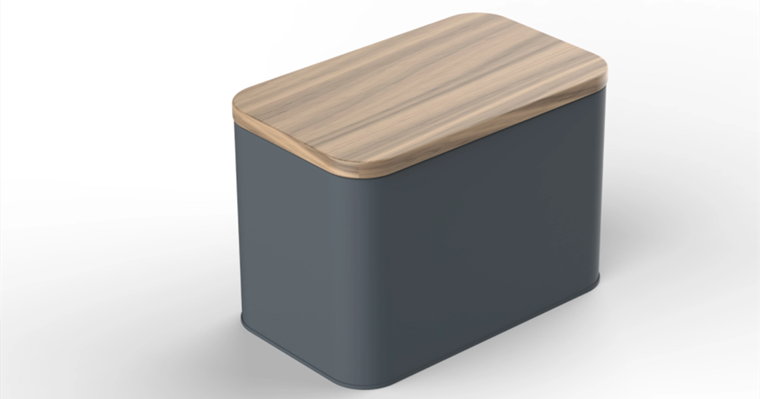
Powder Painted Parts
Outstanding advantages of Powder Painting
1.A thicker coating can be obtained with once coating. For example, a coating of 100-300μm, it need take about 4-6 times if using a common solvent coating. But the powder coating can reach the required thickness in one time. The corrosion resistance of the powder coating is very good.
2. The powder coating does not contain solvents and has no pollution from three wastes(waste water, gas and solid), which improves labor and hygiene conditions.
3. It adopts new technology such as powder electrostatic spraying, which has high efficiency and is suitable for automatic assembly line coating. The powder has high utilization rate and can be recycled.
4. In addition to thermosetting epoxy, polyester, acrylic, there are still a large number of thermoplastic grease resistant powder coatings. Such as polyethylene, polypropylene, polystyrene, fluorinated polyether, nylon, polycarbonate and various Fluorine resin, etc.
Powder coatings began to be used for protection and electrical insulation. With the development of technology, it has been widely used in the surface coating of automotive industry, electrical insulation, corrosion-resistant chemical pumps, valves, cylinders, pipes, outdoor steel components, steel furniture, castings, etc.
Upload your 2D & 3D drawings, along with the material, finish, and quantity. Get Instant Quote! You can also send RFQ to enquiry@kesugroup.com directly.

